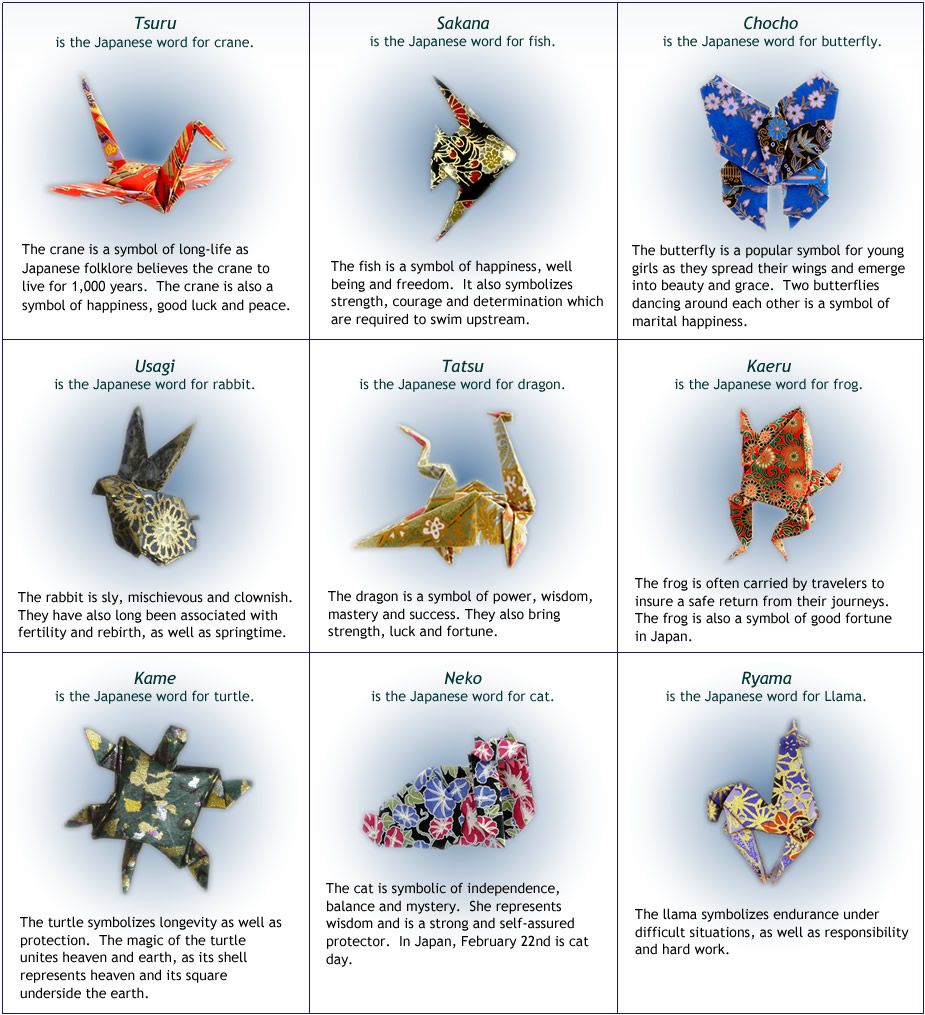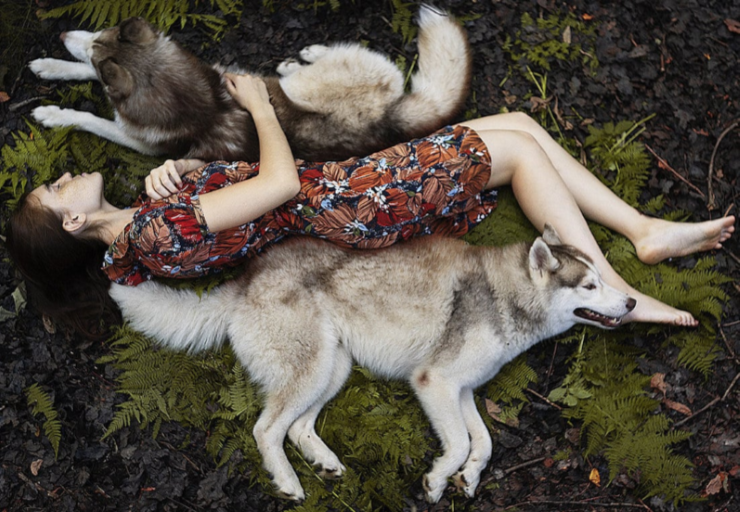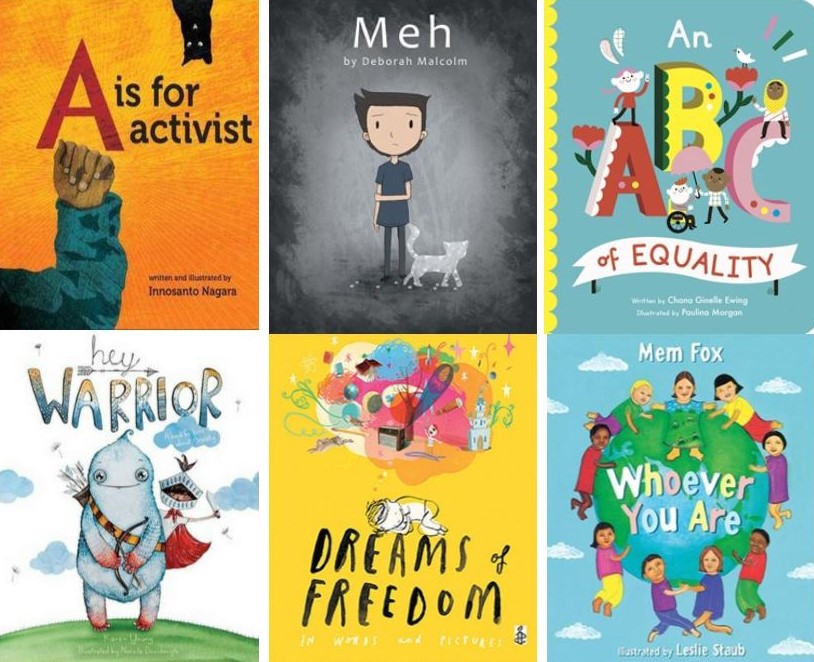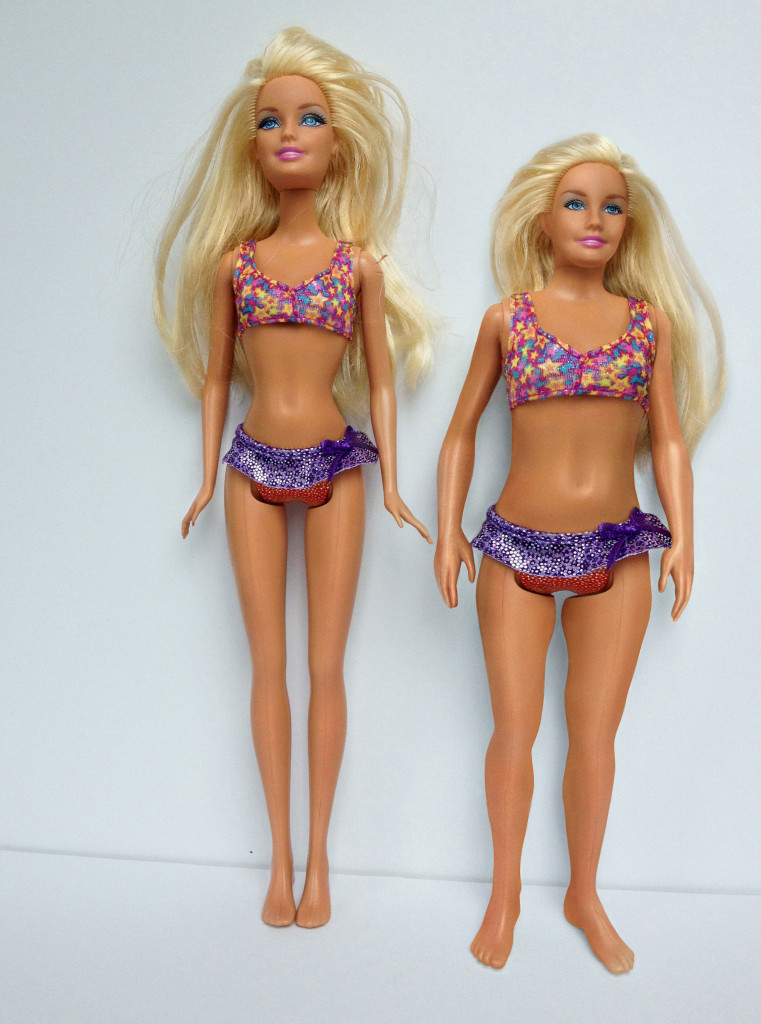
Events
Free Programs
Studio Workshops
Sorry, we couldn't find any posts. Please try a different search.
Programs for Children
Social Justice Art for Teens – April
Welcome to Social Justice Art for Teens Online – where the Incinerator Gallery comes to you.
Our artist educator Francine Sculli invites you to join along with these creative activities from the comfort of your own home. Please take a a photo of your artworks, share your favourite social justice artist and artworks or ask your questions.
Please join Incinerator Social Justice Art for Teens closed group on Facebook to get connected with other young artists wanting to have their voices heard, use art to raise awareness and make a difference.
Use the hashtag #IncineratorSJA4Ts so everyone can share and support each other, just as we do during the program at Incinerator Gallery.
Where to begin
- Choose any Social Justice Art Activity or experience on the table below to start.
- These activities are designed to be accessible at home. Be creative, use any materials you find at home. They don’t even need to be traditional art materials. Think of anything you can stick down, make marks with and create colours from.
- Whichever activity or experience you do, find the corresponding page or section with more detailed instructions and examples. Read these directions, follow video tutorials and/or look at examples to help you complete the activity.
- Create and have an impact.
- Don’t forget to share your creations. Your voice is important not only to us at the Incinerator Gallery, but to your community and beyond. So please upload your creations to Facebook, Instagram or other social media and use the hashtag – #IncineratorSJA4Ts
Social Justice Art Activities
| 1. Create a self-portrait that tells a story about the issues you care about. | 2. Create your own origami symbol of hope for a collaborative installation. | 3. Design your own world, free from social injustices and issues. | 4. Create a worry doll and worry jar. Use this to ‘stow away’ your worries. |
| 5. Create a collage from newspaper headlines and images that represent a social injustice/issue. | 6. Create your own series of photographic portraits that celebrate individuality & diversity. | 7. Download the free program Book Creator to create your own storybook that raises awareness of a social injustice. | 8. Create a sculpture using recycled materials found in your home. |
| 9. Create your own ‘How to Change the World’ movie using iMovie. | 10. Start a journal to document your thoughts, feelings, art and observations. | 11. Watch this video and create your own visual definition of ‘Activist Art’. | 12. Redesign a famous toy to make it more inclusive. |
| 13. Create your own social justice Art alphabet. | 14. Create a collage face with different and diverse features. | 15. Create your own comic or cartoon strip that unpacks a social injustice. | 16. Discover social justice artists and art activists. |
1. Create a self portrait
Look at other self portraits to get ideas. Borrow or choose any style or medium you like and have access to.
- Your portrait must communicate the ‘message’ or ‘story’ of what social issues are most important to you and close to your heart.
- You can communicate that in any way you like – through words, symbols, images, and gestures etc..
- Below are some examples of self-portraits that communicate a unique story, message or feeling. You may know of or find other examples.
2. Create your own origami symbol of hope
Origami has long been used in Japan as symbols that represent different feelings and emotions. One famous example of this is the 1000 cranes popularized through the story of Sadako Sasaki where the origami cranes became a symbol for hope. You can find out more about her story here.
- Look at the origami animals and what they represent in the picture below.
- You can choose an animal from this list or you could create your own origami symbol for hope and justice. If you choose to create your own symbol, be sure to think about what it represents.
- There are some great tutorials on YouTube. Neil Lin’s Origami Tutorial channel is a great place to start.

3. Create your own world
The world is a sometimes complicated place, riddled with injustices and social issues. But what if you could design your own world, free from problems?
- Your mission is to think about the world deeply. What are the injustices and social issues you notice? What would the world look like if these didn’t exist? What would exist in this world that would help put a stop to social injustices and issues? Would there be new inventions? New communities?
- Think about your responses to these questions and imagine that world. Draw what you imagine. Add as much detail as possible and use any materials available to you to bring this world to life.
- Check out the examples below of artists creating their own worlds.
4. Create a worry doll and worry jar
Sometimes, worry about what is going on in the world can be overwhelming. Worry dolls have been used in traditional and modern times to help young people process their worries. They would tell their fears and worries to the dolls, put it under their pillow and sleep over their worries at night. Worry jars share the same purpose. You can get your whole family involved.
- Design and create your own worry doll and jar.
- For worry jar information, see the Youth Dynamics website. For worry doll tutorials, the Tiny Fry website has a range of different techniques and ideas.
- For more complexity, you could create a rag doll-style worry doll.
5. Create a collage from newspaper headlines and images
Newspapers and magazines are full of information about social issues and injustices; whether it is through articles highlighting and discussing issues or articles that show bias and contribute to exacerbating issues.
- Search through newspapers and magazines you have at home. As you are searching, think about the role that newspapers and magazines play in creating or arresting social justice.
- Look for headlines, phrases and words that represent a social injustice/issue and cut them out. You may even want to find pictures that highlight social injustices and issues.
- Arrange your headlines, words and phrases into an interesting collage composition. The way you arrange your items could also enhance what you are trying to express. When you are happy with the arrangement, glue them down. You may even like to draw/paint over the top.
- Get inspiration from the examples below.
6. Create a series of photographic portraits
Photography is a great way to capture and celebrate our diversity and celebrating diversity is crucial to creating social justice. So why not create your own series celebrating the diversity around you?
- Using a digital tool (phone, camera or tablet), look to the people living in your household. What makes them uniquely them? How could you capture their uniqueness in a photograph? How could you celebrate their uniqueness (and in turn, diversity)?
- When you have thought about these things, involve the people you live with and create a series of photos that captures their uniqueness; your very own diversity photo series.
- Check out the examples below of photographers using their art to celebrate diversity.


7. Create a digital storybook
Literature is an amazing way to raise awareness about social issues and injustices and to communicate a message and help people start important conversations. There are so many amazing books already out there. Yours could be too. So why not write and illustrate your own and turn it into a digital storybook on the free iPad app Book Creator. The books below will inspire you.
If you don’t have an iPad, an alternative is to bind you original drawings and write your story on those pages.
- Think about what social injustice/issue you would like to raise awareness about. How will you tell that story in words and images? What is the message of your story? How can you communicate that message?
- Write a draft of your story.
- Make illustrations, each on a separate page.
- This video tutorial helps by outlining the features of Book Creator.

8. Create a sculpture using recycled materials
Waste and recycling play an important part in issues of our environment and sustainability. The way we treat our environment has a flow on effect for many social issues and justices. For a long time, artists have explored sustainability in their work and many incredible art works have used sustainable materials and practices to speak out against issues such as climate change and global warming. You can too.
- Go on a hunt around your house and find discarded objects and/or recycled objects.
- Assemble these into a sculpture that expresses a message about environment and/or climate change.
- Get inspiration from the examples below.
9. Create your own ‘How to Change the World’ movie
If you could change the world, what would you change about it and why? The fact is, we need to hear the voices of young people and hear how they want the future to be because they are the future. For a little spark, this activity uses ‘Kid President’ as a creative springboard.
- Watch Kid President’s How to Change the World video.
- You heard Kid President’s advice on how to change the world, but what is yours?
- Write down your thoughts. Maybe your top ten ideas to change the world.
- Then it’s your turn to create your own film.
- Download iMovie onto an iPad or iPhone (or look here for some alternatives).
- If you are unfamiliar with how to use iMovie, watch this tutorial. If you do know how to use iMovie, you might like to advance your skills with this awesome video on how to animate graphics in iMovie.
- You should now be ready to film your own ‘How to Change the World’ Movie.
- Make sure you get creative and animated. The more passionate you are, the more you will be able to engage your audience.
- Don’t forget to share it when you are done! #IncineratorSJA4Ts
10. Start a Social Justice Art Journal
Journaling is an important part of being an artist. It’s a way to collect source material to feed our ideas, harvest our own ideas and document any thinking, opinions and feelings that can be used to fuel future works. Most importantly though, it is a way to develop artistic practice and artistic voice, and as social justice art warriors, both of these things are your greatest powers.
- Start collecting newspaper clippings, magazine pictures, headlines, postcards, advertisements etc. Basically, absolutely anything you find that sparks your curiosity about social issues and social injustices. Cut them out and paste in your visual diary.
- Draw and write your responses to the things you discover about social injustices and issues in magazines, newspapers, on the news and the web (and other places)
- Draw your ideas in different ways and using different materials. Visual diaries are all about experimenting with possibilities. Don’t forget to annotate your entries.
- Use your visual diary to create mini-art works.
If you need some inspiration for creating spectacular visual diaries, explore these links below.
- 10 Ways to Improve Your Sketchbook
- These Artists Reflect on How Keeping a Daily Sketchbook Impacted their Art
- Art Express: Works with process visual diaries
11. Watch this video and create your own visual definition of ‘Activist Art’
Art is a hugely important catalyst for change. It’s a way to raise awareness, express important messages, encourage people to think and act and to start important discussions around issues of injustices. That is why you, as a Social Justice Art activist, are important. This activity is designed to help you build an understanding of social justice, social justice art and social issues, and the role activist art and artists play. First, watch the video.
Think about and plan your responses to the following questions:
- How did the video make you feel?
- What common messages/goals/vision did the artists in this video share?
- After watching the video, what do you feel the role of artists and art is in activism? Is that different to what you thought before?
- How does this video inspire you in your role as a young activist artist?
- What do you wish to advocate for in your artistic practice?
- Once you have thought about your responses, create your own definition of Social Justice Art and the role of the artist in advocating. You can record your response visually as a drawing, video, or you could write it down; or all!
12. Redesign a famous toy to make it inclusive
Toys have long been criticized for their bias and lack of inclusivity. Things are changing, but they are slow to change in toy design. Inclusivity is important, as are the messages sent to children through the toys they play with. This is where you step in. What would toys look like if they were more inclusive of a wider range of people?
- Think of a famous toy you have used. What bias does it represent? What would this toy look like if it were more inclusive of gender, race, sexuality, religion etcetera?
- Sketch a picture, or re-create the toy in some way, to show the toy as ‘inclusive’.
- Get inspiration from this Photos: 8 Toys That Embrace Diversity.

13. Create your own social justice alphabet
The letters of the alphabet are a great way to get you thinking about an array of social justice issues. It is also something that is familiar to all, and anything familiar to people can be a great starting point for engaging an audience and getting them thinking. As artists, we can cleverly manipulate the alphabet to communicate important messages about social justice.
- For each letter of the alphabet, think about a social justice issue beginning with that letter. Write your thoughts down.
- Now think about how you can turn each letter into a visual representation/expression of the social justice issues you have identified for each letter.
- Visually create your alphabet and don’t forget to share on social media! #IncineratorSJA4Ts
14. Create a collage face
Collage is an excellent medium for exploring a variety of themes. In this exercise, you are invited to explore the concept of diversity in human features and attributes by creating a mixed-media collage of a face that juxtaposes different features and explores the idea of identity, physical and non-physical attributes and diversity.
- Take a look at the incredible examples of collage below, created by some amazing artists.
- Using magazines, newspapers, old books and any other image sources – find and cut out a variety of interesting facial features. Mix it up. Remember, we are exploring the concept of diversity. You might also like to draw or embroider features over the top of images.
- Arrange your features to create a unique collage face and when you are happy with your arrangement, glue it all down.
15. Create a cartoon about social justice
Cartoons have long been an art form for activism, featuring in many newspapers as a way of unpacking important issues happening around the world. As an art form, cartoons and comic strips are a great way to engage an audience in complex art forms.
- Think about a social justice that you want to explore. These style of cartoons are designed to illustrate an issue and represent a viewpoint on it. So what is your issue and what do you want to express about it?
- Plan your cartoon. How will you show your message through pictures? What symbols could you use to communicate it? What words or labels could you include? What will you exaggerate in your images? Will you have speech bubbles?
- Once you have a plan, start creating your comic.
- Don’t forget to get inspiration from other artists. Studying other comics will help you create yours. There are some below to get you started.
16. Discover social justice art and artists
As artists, we learn so much from other artists. The more we look at the work of other artists, the more we can learn about how artists communicate important messages and ideas through their work, and the more inspiration we get to create art of our own. There are so many incredible artists creating Social Justice Art and advocating for important issues. It’s your time to find ones that inspire you.
- Search online, or Google Arts and Culture, or look through art books or magazines if you have access to some.
- Find examples of art works that are advocating for important social issues and social justice.
- When looking at the art, think about: what is the artist trying to say? How is the artist communicating that? What is happening in the image? What makes you think that? Why is the art and message important?
- Record your thinking in any way you like and share the work and your thoughts with others.




























